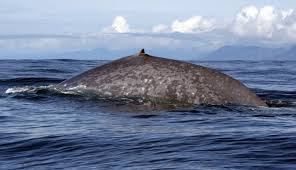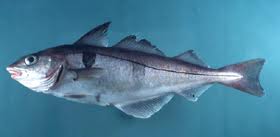Did you know...
 Friday, October 25, 2013 at 11:17AM
Friday, October 25, 2013 at 11:17AM That the blue whale, the largest animal to have ever existed, is 96 feet long and weights 125 tons. This is as much as 4 large dinosaurs (Brontosauri), 23 elephants, 230 cows or 1800 men!
 Photo Credit: NOAA
Photo Credit: NOAA
 Blue Whale,
Blue Whale,  NOAA,
NOAA,  NOAA FISHERIES Tweet
NOAA FISHERIES Tweet



